Description
Familiarity with treatment
Secondary rhinoplasty, also known as revision rhinoplasty, is a surgical procedure performed to correct problems that persist or develop after a previous nose surgery. It aims to address cosmetic issues that were not resolved or functional problems that may have arisen.
Procedure
The procedure for Secondary Rhinoplasty involves addressing the specific concerns or complications that have arisen following a previous rhinoplasty. This may include modifying the nasal bone, cartilage, and soft tissues to correct asymmetry, improve the nasal profile, or enhance nasal function. The surgical approach and techniques used in secondary rhinoplasty are often more complex due to the alterations made during the initial surgery. The surgeon aims to achieve the desired aesthetic and functional outcomes while addressing any residual issues from the previous procedure.
Who is it suitable for?
Secondary Rhinoplasty, also known as revision rhinoplasty, is suitable for individuals who have undergone a previous rhinoplasty and have persistent cosmetic concerns or functional issues that require correction. It is also appropriate for those who seek improvement in the appearance and function of their nose following an unsatisfactory primary rhinoplasty. The procedure aims to address specific defects and may require modifications to different techniques based on the individual’s unique concerns and the outcomes of previous surgeries.
Who is it not suitable for?
Based on the search results, there are three main factors that suggest who may not be suitable for Secondary Rhinoplasty:
Unrealistic Expectations: Individuals who have unrealistic expectations about the outcome of the surgery may not be suitable candidates for Secondary Rhinoplasty. It is important for patients to have a clear understanding of the potential outcomes and limitations of the procedure.
Multiple Unsuccessful Rhinoplasty Procedures: Patients who have undergone multiple unsuccessful rhinoplasty procedures without clear goals for improvement may not be suitable candidates for revision rhinoplasty. The complexity of the procedure increases with each revision, and it is important to carefully assess the potential risks and benefits for these individuals.
Severe Underlying Health Conditions: Patients with severe underlying health conditions that pose significant surgical risks may not be suitable candidates for Secondary Rhinoplasty. It is important to prioritize the safety and well-being of the patient when considering any surgical procedure.
Advantages
Based on the search results, the advantages of Secondary Rhinoplasty include:
Correction of Unsatisfactory Results: Secondary Rhinoplasty allows for the correction of unsatisfactory results from a previous rhinoplasty procedure 1. It can address cosmetic concerns and improve the overall appearance of the nose 1.
Improved Functionality: Secondary Rhinoplasty can also address functional issues, such as breathing difficulties, that may have persisted after the initial rhinoplasty 2.
Customized Approach: Each Secondary Rhinoplasty procedure is tailored to the individual’s specific concerns and goals. Surgeons performing revision rhinoplasty have the technical skills and experience to address the unique challenges presented by each case 3.
Enhanced Expertise: Plastic surgeons who specialize in revision rhinoplasty have developed expertise in this specific area. They have experience in identifying and correcting underlying problems that may have contributed to the unsatisfactory results of the primary rhinoplasty 3.
Improved Confidence: Secondary Rhinoplasty can have a positive impact on an individual’s self-confidence and overall well-being. By addressing cosmetic concerns and functional issues, it can help individuals feel more satisfied with their appearance and improve their quality of life.
Complications
Based on the search results, there are several potential complications associated with Secondary Rhinoplasty. While the search results provide information on complications related to rhinoplasty in general, it is important to note that the specific complications can vary depending on the individual case and procedure. Here are some examples of complications mentioned in the search results:
Aesthetic Concerns: Secondary Rhinoplasty may present challenges in addressing aesthetic concerns, especially after multiple revision rhinoplasties. Achieving the desired aesthetic outcome can be more complex due to the altered nasal anatomy and scar tissue from previous surgeries.
Functional Issues: Secondary Rhinoplasty can also have functional implications. Internal nasal valve dysfunction is a common secondary complication that can affect nasal airflow and breathing.
Scar Tissue: The presence of scar tissue from previous surgeries can make the procedure more challenging. Scar tissue can affect the healing process and potentially lead to irregularities in the nasal contour.
Poor Scarring: In some cases, poor scarring can occur, both inside and outside the nose. Aggressive scar tissue inside the nose can contribute to an irregular nasal contour, while visible and unsightly scars outside the nose can detract from the overall appearance.
Breathing Challenges: Secondary Rhinoplasty, particularly when the nose is made smaller, can potentially compromise the function of the nose and lead to breathing difficulties. This may manifest as snoring, exercise intolerance, or other breathing challenges.
preoperative care
Based on the search results, here are some preoperative care instructions that may be recommended for Secondary Rhinoplasty:
Avoid Certain Medications: It is generally advised to avoid aspirin, ibuprofen, naproxen, and other non-steroidal anti-inflammatory medications, as well as herbal supplements and Vitamin E, for two weeks before surgery. These medications can increase the risk of bleeding during and after the procedure 1.
Quit Smoking: It is recommended to refrain from smoking for at least two weeks before and after surgery. Smoking can delay healing and increase the risk of complications and scarring 1.
Follow Preoperative Instructions: It is important to carefully follow any specific preoperative instructions provided by your surgeon. These instructions may include guidelines on fasting before surgery, avoiding certain foods or drinks, and taking prescribed medications as directed.
Wear Comfortable Clothing: On the day of surgery, it is advisable to wear loose-fitting clothes that fasten in the front or back. This will make it easier to change into surgical garments and minimize any pressure on the nose during the recovery period 1.
Discuss Medications and Supplements: It is important to inform your surgeon about any medications, supplements, or herbal remedies you are currently taking. They can provide guidance on whether to continue or discontinue these medications before the surgery 1.
Establish a Rapport with Your Surgeon: Building a good rapport with your surgeon is crucial. They will evaluate your specific case, discuss your goals and expectations, and provide personalized preoperative care instructions based on your unique needs.
Postoperative care
After Secondary Rhinoplasty, proper postoperative care is crucial for optimal healing and recovery. While the specific postoperative care instructions may vary depending on the surgeon and individual case, here are some general guidelines mentioned in the search results:
Follow Surgeon’s Instructions: It is essential to carefully follow the postoperative instructions provided by your surgeon. These instructions may include guidelines on wound care, medication usage, and activity restrictions.
Manage Pain and Discomfort: After surgery, there may be mild to moderate pain and discomfort. Your surgeon may prescribe pain medications or recommend over-the-counter pain relievers to help manage any discomfort. It is important to take medications as directed.
Protect the Nose: It is important to protect the nose during the initial healing phase. This may involve avoiding any activities that could potentially bump or injure the nose. Your surgeon may provide specific instructions on how to protect the nose, such as avoiding wearing glasses on the bridge of the nose for a certain period.
Manage Swelling and Bruising: Swelling and bruising are common after rhinoplasty. Your surgeon may recommend using cold compresses or ice packs to help reduce swelling and bruising. Keeping your head elevated while resting or sleeping can also aid in minimizing swelling.
Avoid Strenuous Activities: It is generally advised to avoid strenuous activities, heavy lifting, and exercise for a certain period after surgery. Your surgeon will provide specific guidelines on when it is safe to resume normal activities.
Attend Follow-up Appointments: Regular follow-up appointments with your surgeon are important to monitor your healing progress and address any concerns or questions you may have. These appointments allow your surgeon to assess the results and make any necessary adjustments.
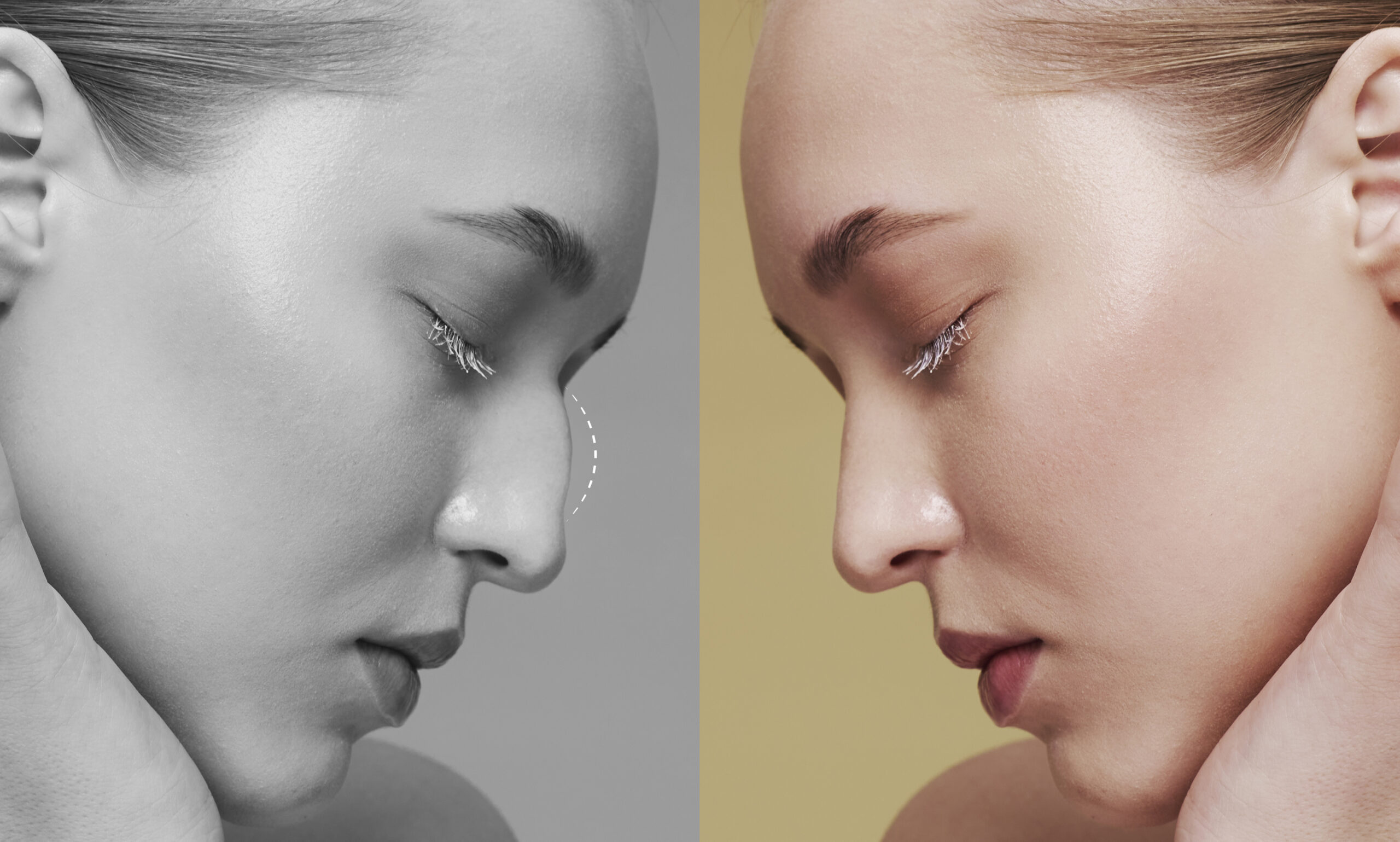
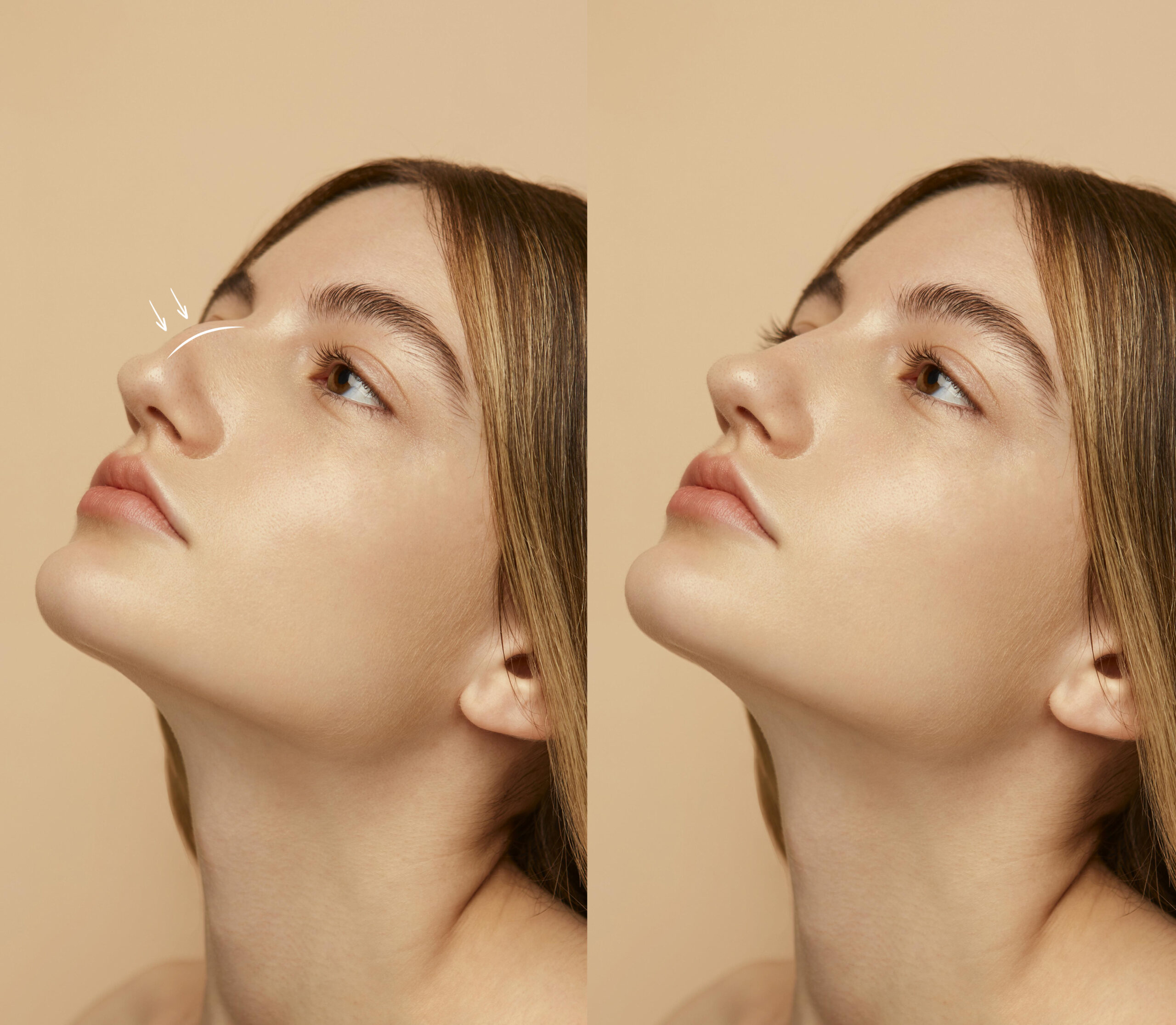
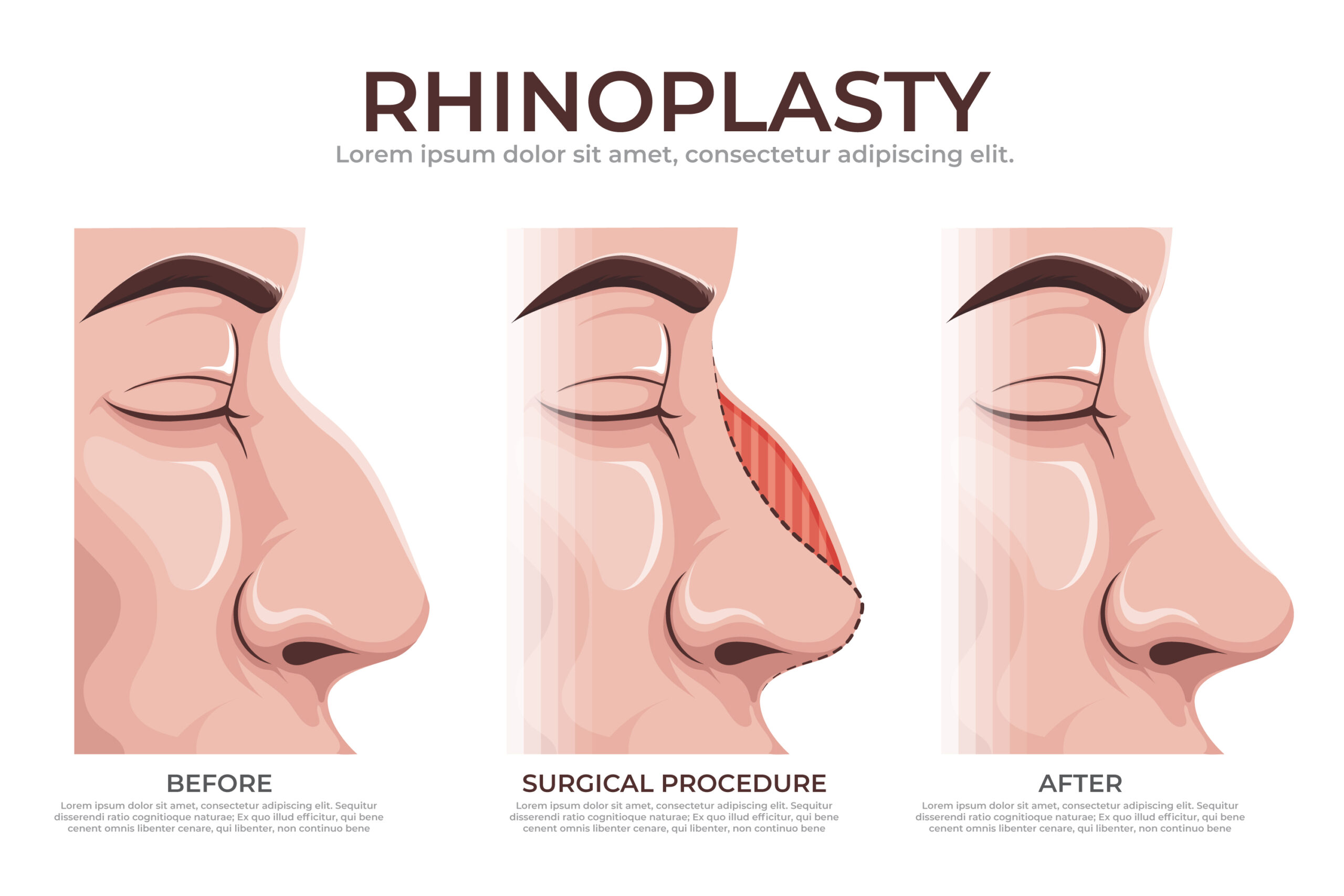
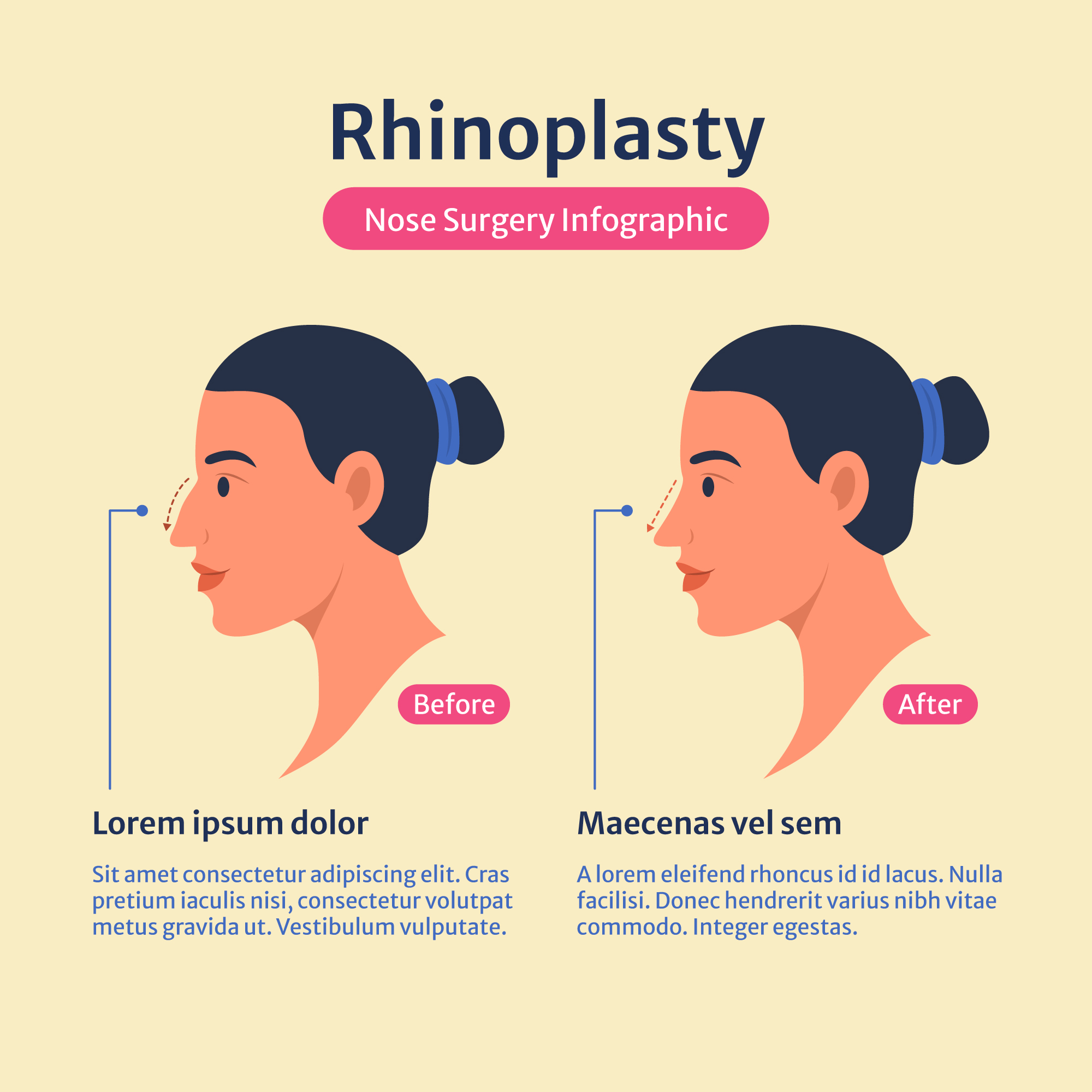
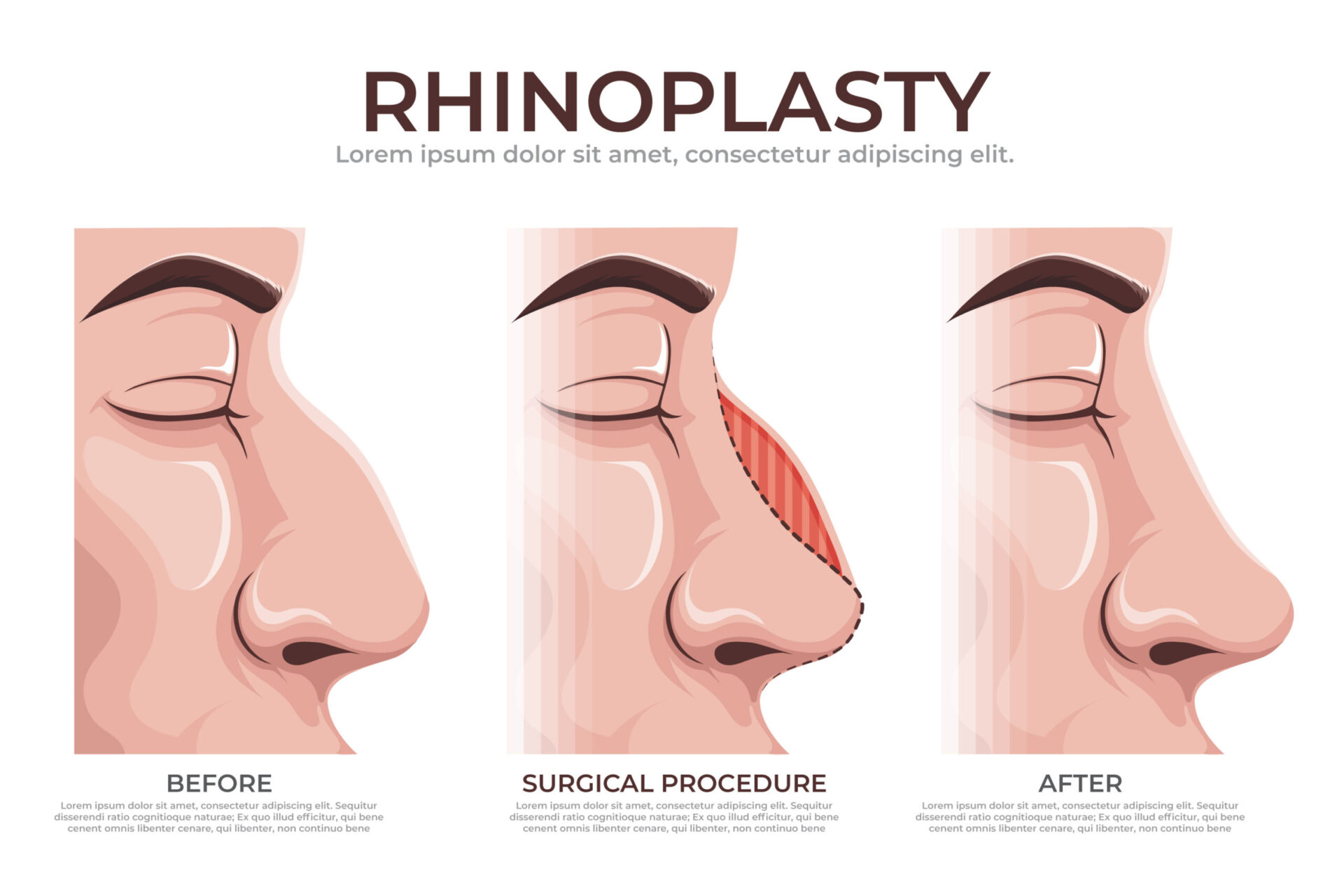
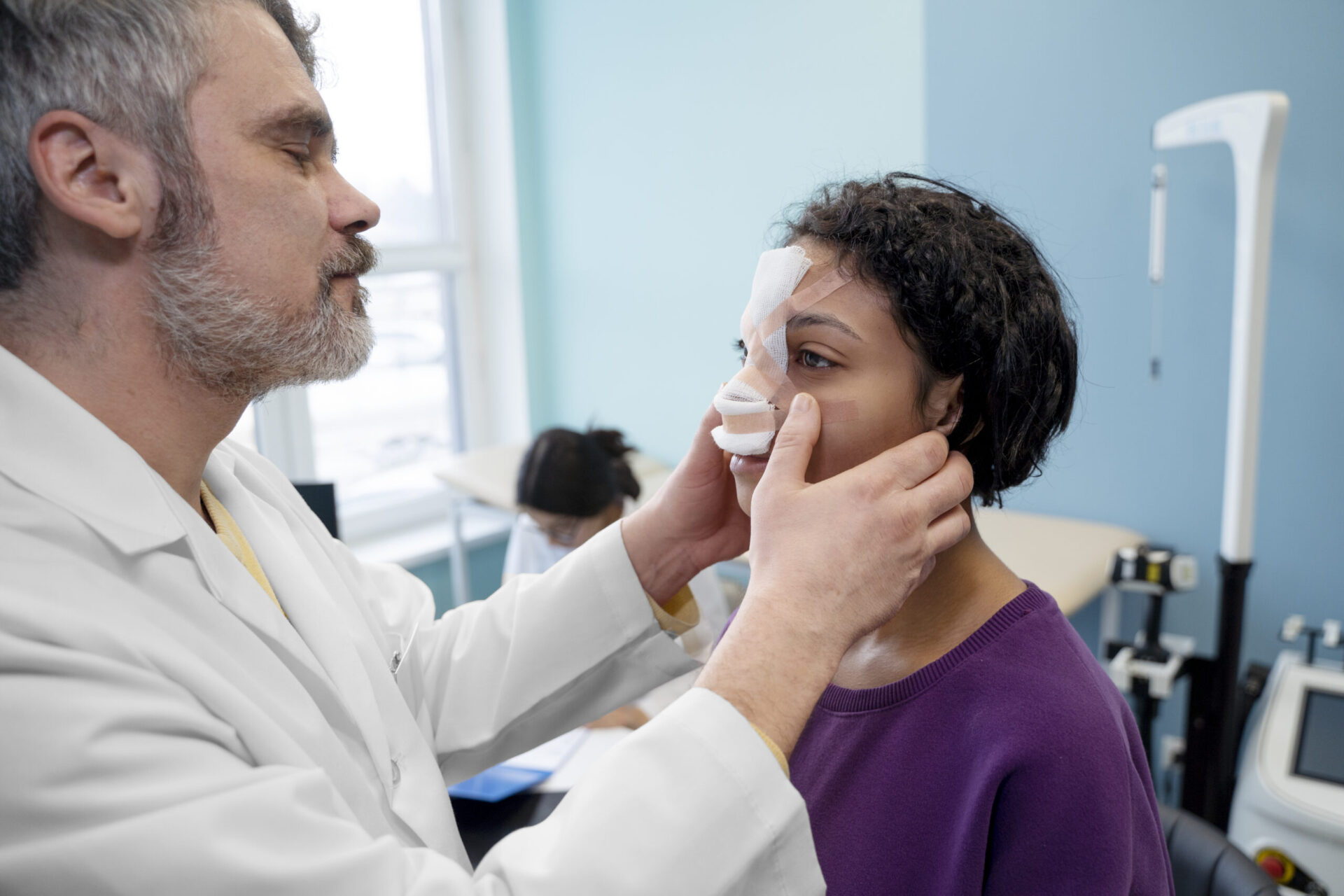
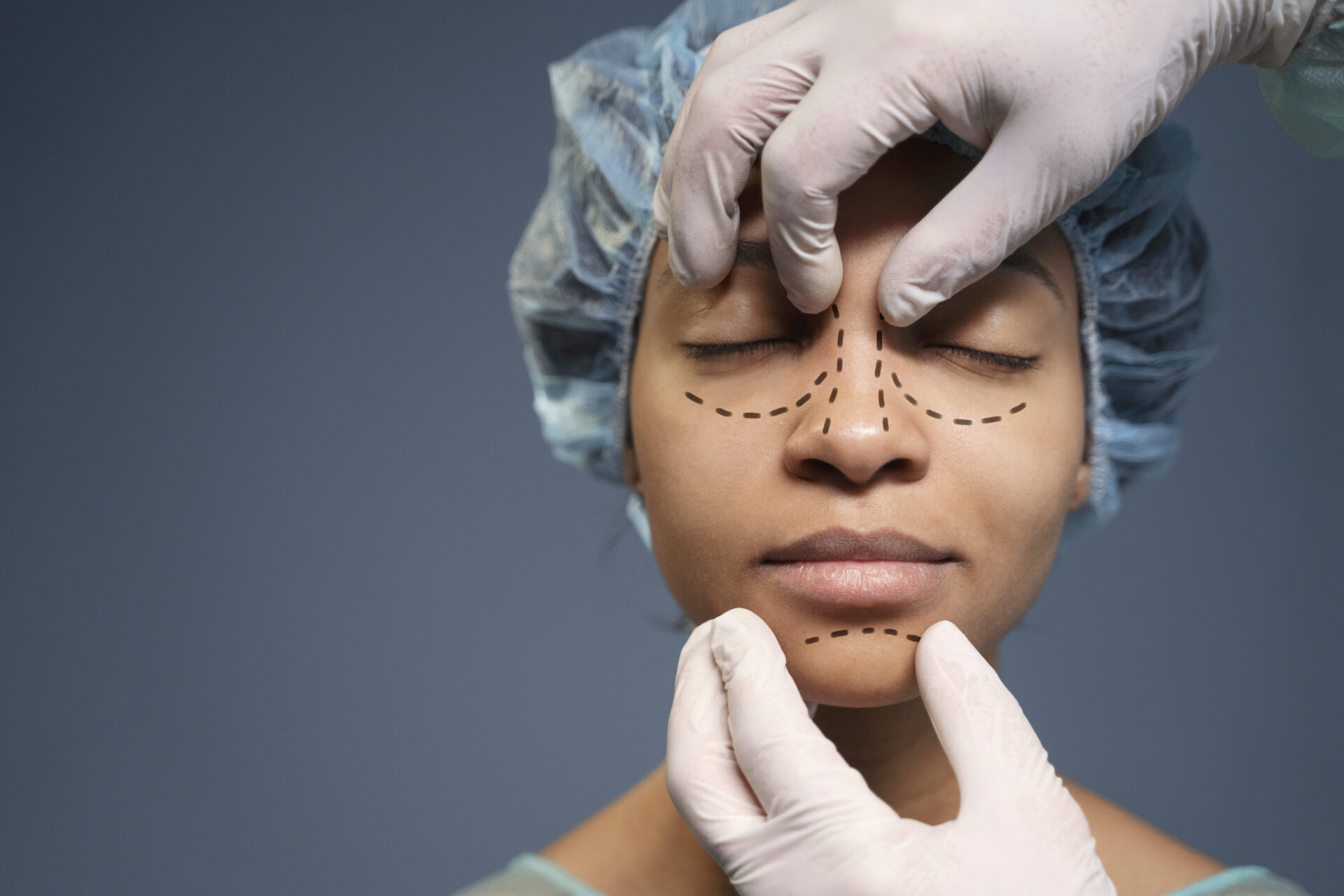
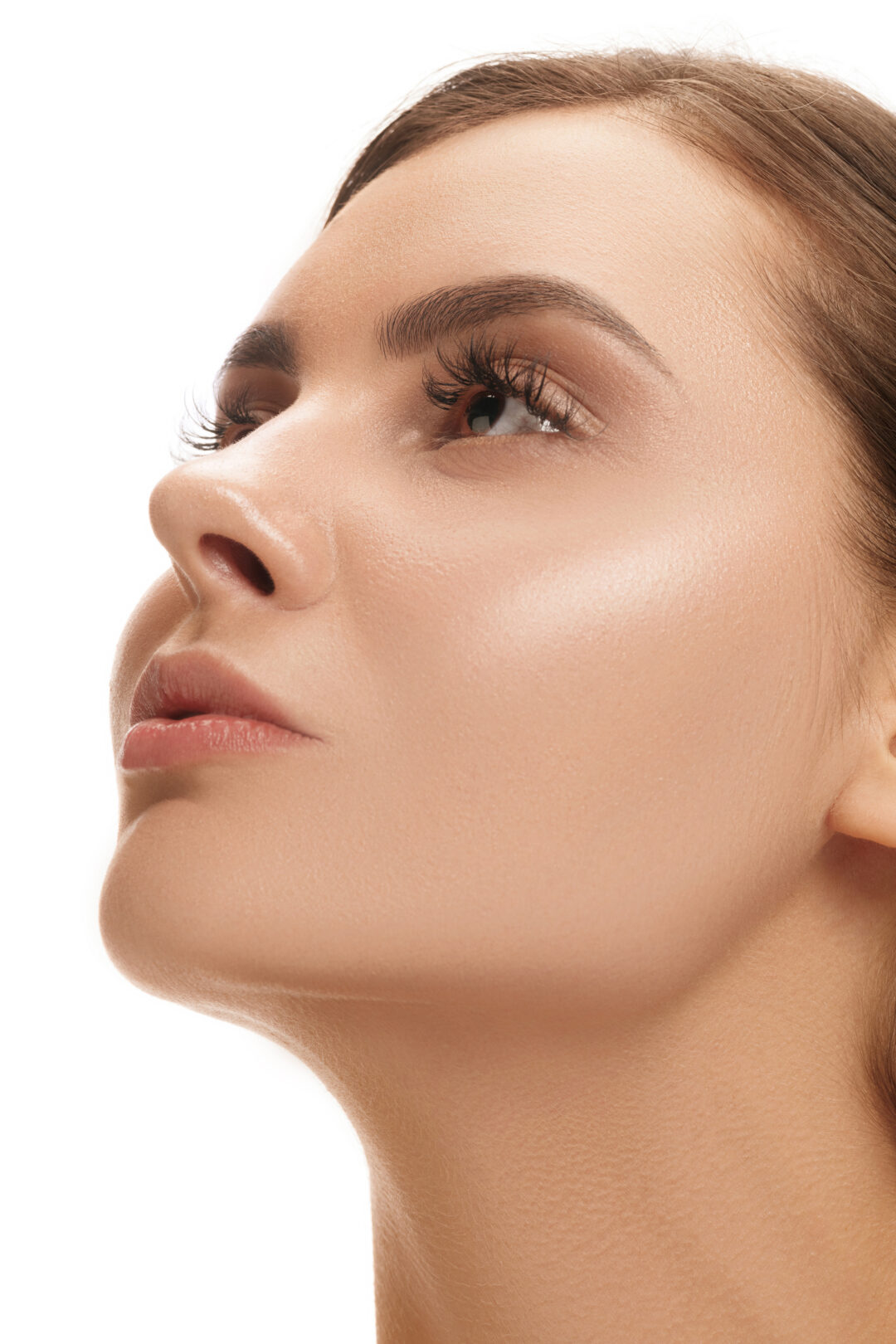
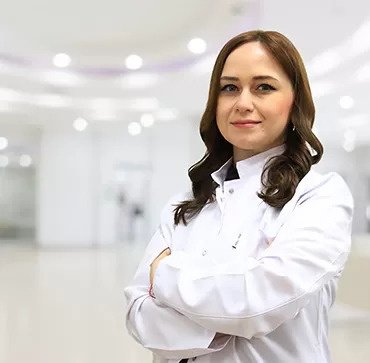

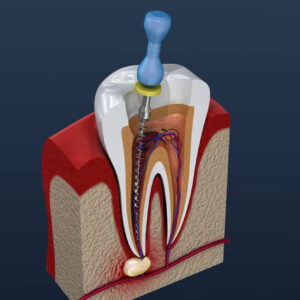
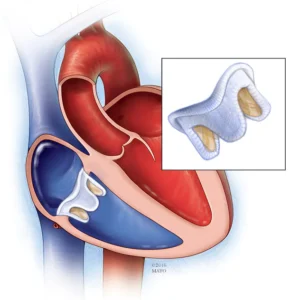
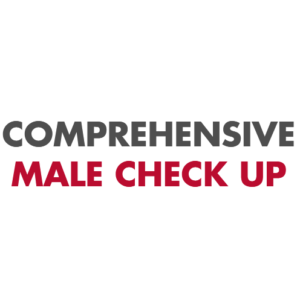
Reviews
There are no reviews yet.